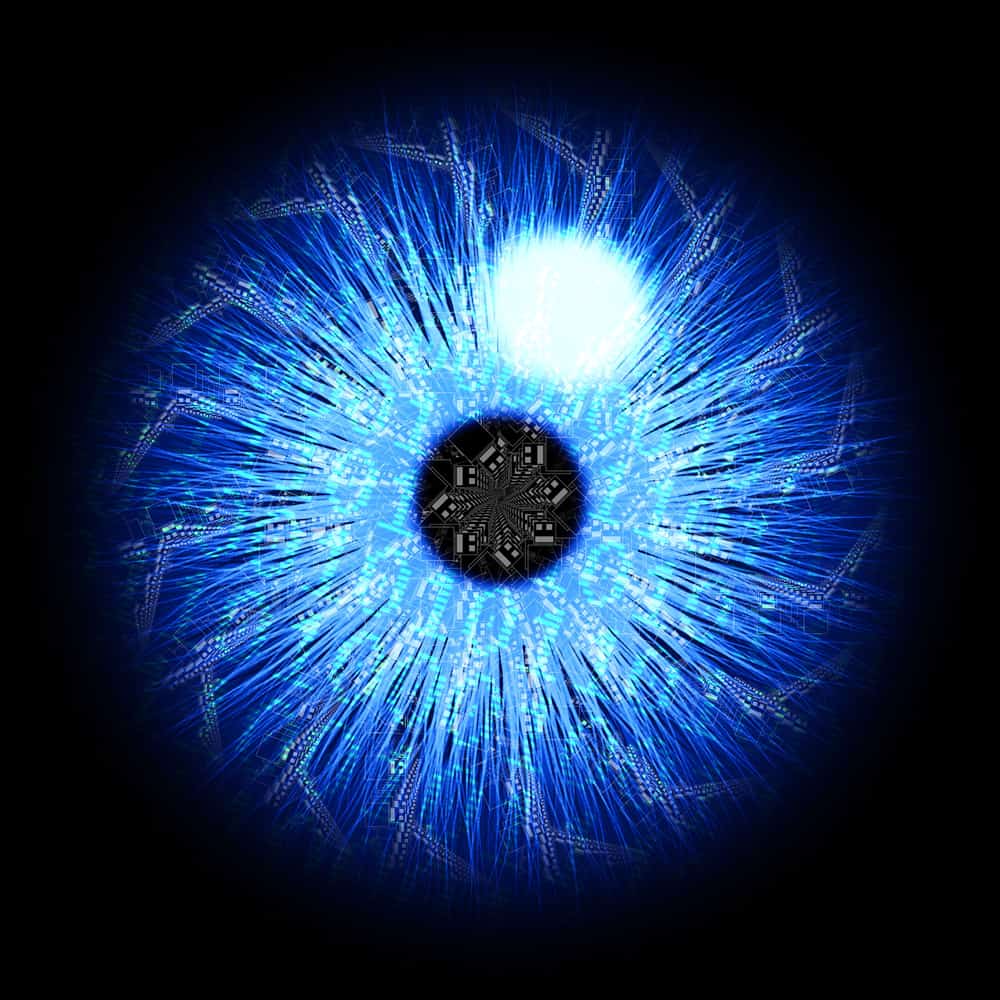Intense pulsed light (IPL) is a drop-free, drug-free treatment that is slowly becoming a mainstay in the management of dry eye disease. Since it is relatively new compared to other accepted treatment modalities, you might have some questions about it. Read on as Dr. Ernest Kornmehl of Kornmehl Laser Eye Associates answers common questions about IPL.
What is IPL?
IPL is a technology that uses a powerful light to minimize various skin problems. Originally developed for vascular diseases, doctors noticed that when they administered photofacials with IPL technology, patients’ dry eye symptoms improved.
IPL is slowly gaining traction in the eye care world for its ability to treat chronically inflamed blood vessels, which are the main factor in rosacea (a skin condition characterized by facial redness or flushing). Inflamed blood vessels are also a major contributing factor to meibomian gland dysfunction (MGD).
What is MGD?
MGD is the leading cause of dry eye disease. The meibomian glands are tiny glands in the eyelids that secrete the oily layer of the tear film. When the glands become blocked or clogged with thickened secretions, they do not provide sufficient oil. Without the oily layer, the tears evaporate prematurely off the ocular surface, and the eyes feel dry, gritty and itchy.
How does IPL help patients with MGD?
IPL sends pulses of light through the surface of the skin, targeting the abnormal blood vessels that contribute to MGD. The blood absorbs light at specific wavelengths, generating a heat response. The body then removes the abnormal blood vessel and heals the inflammation affecting the skin and eyelid.
In addition to improving symptoms of dry eye disease, IPL also improves the skin’s overall appearance in the targeted area.
What does IPL treatment entail?
An IPL treatment usually takes about 15 minutes and can be performed in Dr. Kornmehl’s office. Prior to treatment, a coupling gel is applied to the target area to cool and protect the skin, and protective pads are placed over the eyes.
As the pulses of light are directed through the skin, it is common to feel a light, warm, snapping sensation. This should not be painful.
Dr. Kornmehl usually recommends LipiFlow treatment in conjunction with IPL to clear obstructed meibomian glands and restore the normal secretion of oil to the tear film.
How many treatments will I need?
A series of four treatments, spaced three to four weeks apart, is generally recommended.
After the initial treatments, maintenance treatments are suggested every six to 12 months.
How soon will I see results?
Results can be seen after one or two treatments; however, most patients start to see major improvements in symptoms of dry eye disease after three treatments.
How can I learn more?
For more information about IPL treatment with Dr. Kornmehl, please contact our Boston practice today.
